Growing your food is a rewarding and fulfilling experience. Raised bed gardening, in particular, requires special care and attention to ensure success. Many small yet important details must be considered, from soil composition to plant placement. Raised bed gardening is a popular, efficient way to grow plants in your backyard. But even with the best intentions, it’s easy to make mistakes when starting. Let’s check out the 9 common raised bed gardening mistakes below.
Learning the most common raised bed gardening mistakes can help ensure your success if you’re a beginner or a seasoned gardener. It is important to understand that gardening in raised beds requires some planning and preparation. To ensure a successful harvest, plan your garden carefully and make sure you are aware of the common mistakes with raised bed gardening so that you can avoid them. With careful attention to detail, you can enjoy fresh fruits and vegetables from your raised bed garden all season long.
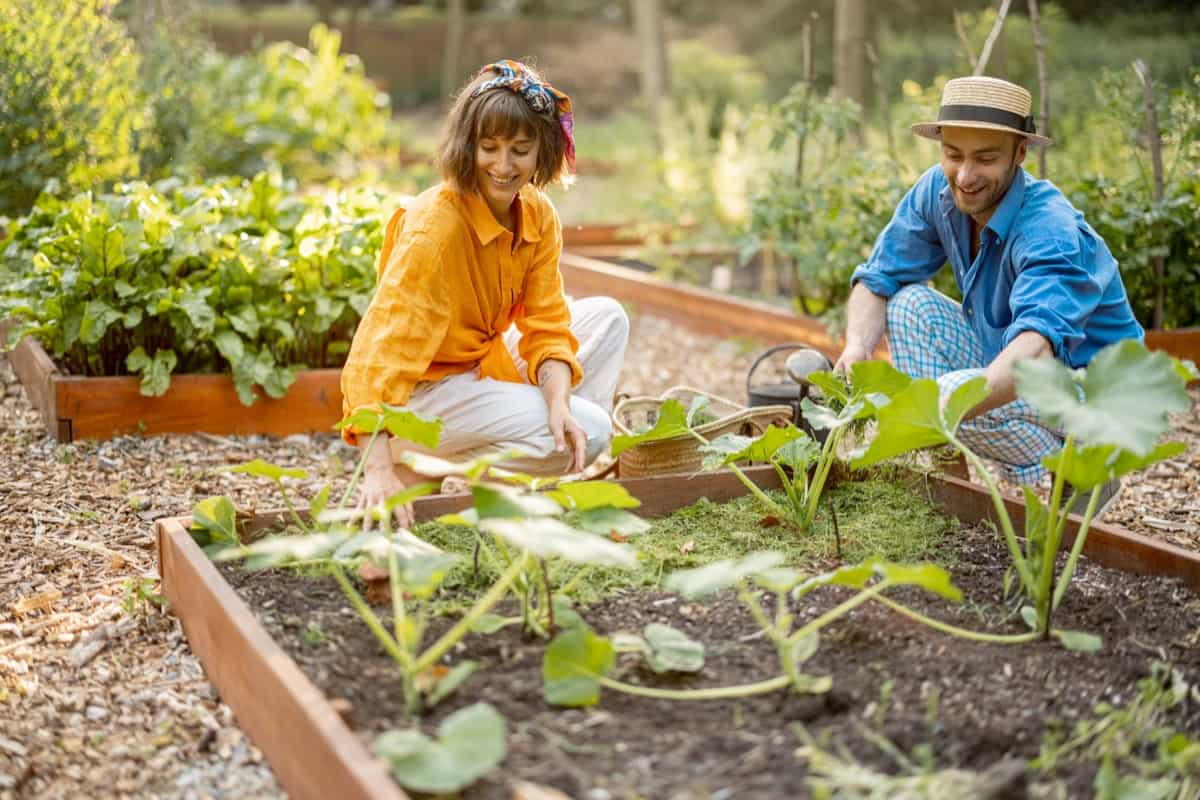
Benefits of raised bed gardening
Raised beds allow for better drainage and air circulation, which results in healthier plants.
They also make it easier to control the soil quality, as you can add amendments directly to the bed without digging up the entire garden. Raised beds also make weed control much easier, as you can pull them out from the side of the bed instead of fighting through a tangle of weeds. Raised bed gardening is an excellent way to grow plants, vegetables, and herbs in any size garden. It can help you get the most out of your space, reduce pests and provide better soil conditions for your plants.
9 common raised bed gardening mistakes
Not giving your plants enough sunlight
If you’re not giving your plants enough sunlight, they won’t be able to photosynthesize and produce the food they need to grow. Give them at least six hours of direct sunlight per day. One of the most common mistakes when starting a raised bed garden is choosing the wrong location. If you don’t have a spot like that in your yard, you can also grow your plants in containers on a sunny deck or patio.
In case you missed it: How to Use Raised Bed Covers to Protect Plants: Types of Garden Bed Coverings
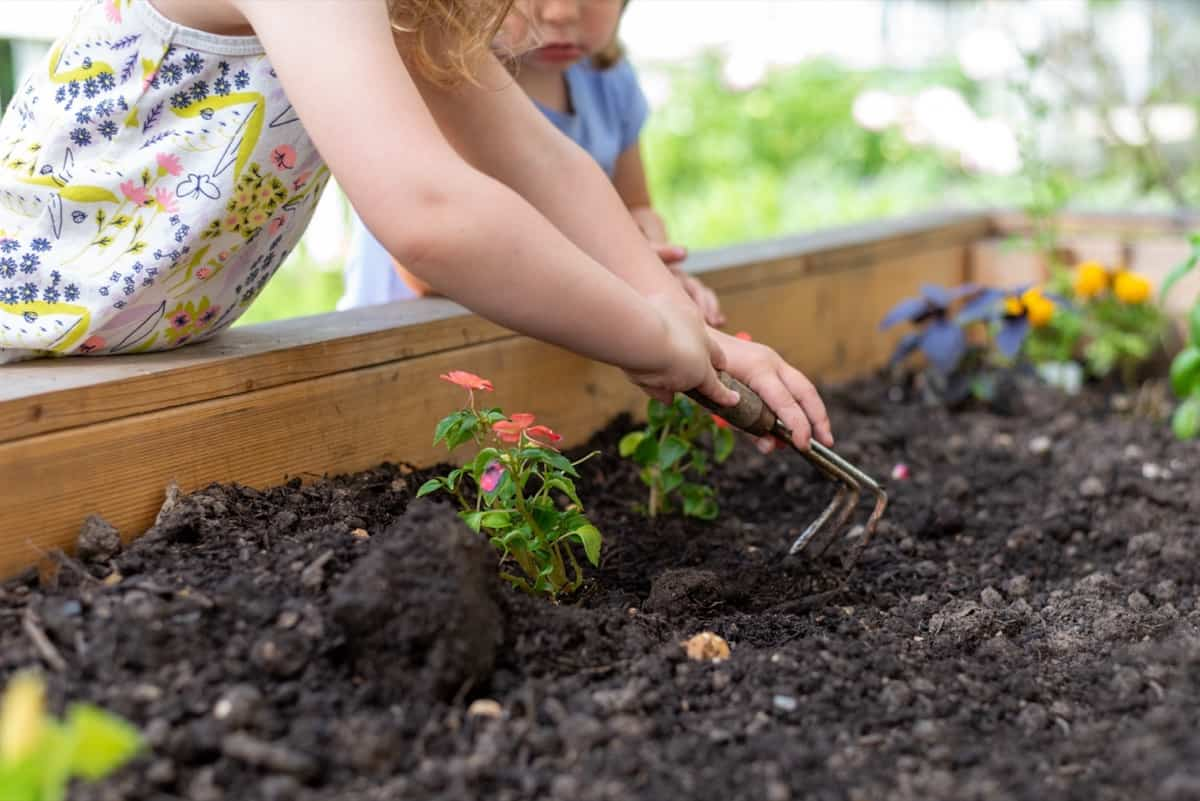
The soil in a raised bed should be well-drained so that it doesn’t become waterlogged and smother your plants’ roots. A good way to test drainage is to dig a hole in the proposed location and fill it with water. The location should be fine if the water drains away within an hour or two. If not, you’ll need to look for another spot or take steps to improve drainage in the area. Make your raised beds narrower.
Using the wrong building materials
If you’re planning to build a raised bed for your garden, it’s important to choose the right materials. Some common materials used for raised beds, such as pressure-treated lumber and composite decking, can harm plants. Choose natural, rot-resistant wood like cedar or redwood. These woods are less likely to leach chemicals into the soil. Look for sustainable options like bamboo or recycled plastic lumber.
These materials are environmentally friendly and won’t leach chemicals into the soil. Choosing the right materials is important if you’re planning to build your own raised bed. Some common materials used for raised beds include wood, stone, and concrete. Wood is popular for raised beds because it’s inexpensive and easy to work with. However, wood can rot over time if it’s not properly treated or sealed.
Stone is another popular option for raised beds. It’s durable and long-lasting but can be quite expensive. Concrete is another durable and long-lasting option, but it cannot be easy to work with. When choosing materials for your raised bed, you must consider what you’ll use them for. If you’re planning on growing vegetables, you’ll want to choose a material that won’t leach chemicals into the soil.
Failing to plan out watering
If you don’t plan out when to water your garden, you risk over or under-watering your plants. To avoid these problems, schedule when to water your garden. If you’re new to gardening, it’s easy to make the mistake of not planning out your watering properly. Without a plan, you may water your plants too little or too much, leading to problems like wilting, yellowing leaves, or even root rot. To avoid these problems, take the time to map out your garden and plan how much water each plant will need. Consider factors like the plant’s size, the weather, and how often you’ll be able to water.
In case you missed it: 13 Best Cover Crops for Raised Beds and Why to Use Them
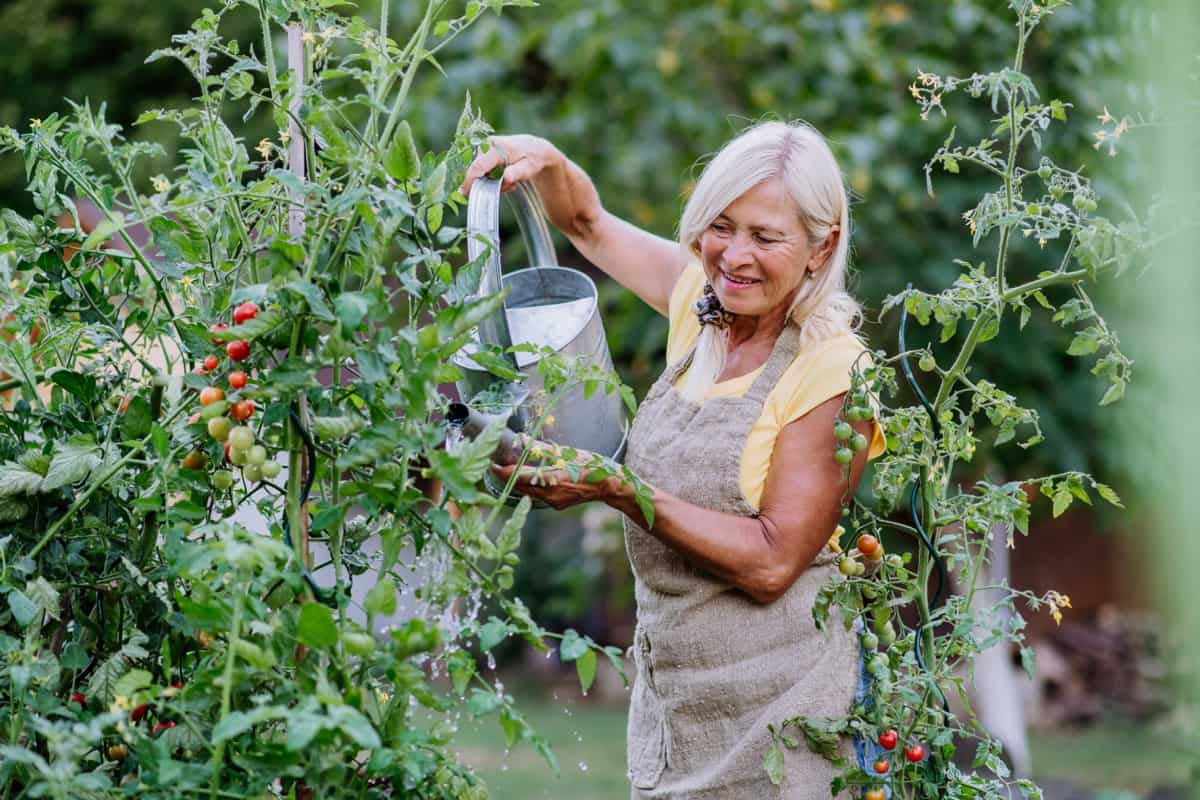
Adding poor-quality soil
If you use poor-quality soil in your raised bed, your plants will likely suffer. Poor-quality soil often lacks essential nutrients, leading to stunted growth and poor overall health for your plants. Poor-quality soil is often more compacted, making it difficult for roots to penetrate and access the necessary water and minerals. To avoid these problems, use high-quality soil rich in nutrients and well-drained. If the pH of your soil is high or low, your plants will not be able to absorb the nutrients. The ideal pH for most plants is between 6.0 and 7.0.
While using whatever soil you have on hand may be tempting, this can lead to several problems. Poor-quality soil is often lacking in essential nutrients that plants need to thrive. This can cause stunted growth, yellowing leaves, and other problems. To avoid these issues, use a high-quality potting mix or garden soil designed for raised beds. These mixes are typically lighter and more friable, making it easier for roots to spread and access moisture and nutrients. They also often contain added nutrients that can help your plants get off to a strong start.
Poor pathway planning
Planning and designing your garden space can seem daunting if you’re new to raised bed gardening. One common mistake is poor pathway planning. It’s important to plan for adequate pathways so you can easily access all garden areas. If your paths are too narrow, you’ll have difficulty getting around your garden beds and may end up trampling your plants.
Poor pathway planning is one of the most common raised bed gardening mistakes. When creating a raised bed, be sure to leave enough space for pathways between the beds. These pathways should be at least 18 inches wide to allow for comfortable walking and gardening.
You’ll likely be trampling your plants without proper pathways as you try to access them. This can damage or even kill your plants, so it’s most important to take the time to plan out your pathways before you get started with your raised bed garden. To avoid these mistakes, take some time to plan out your raised bed garden before you get started.
Sketch your proposed layout, and be sure to include pathways that are wide enough to walk through comfortably. Also, consider how you’ll access your raised beds and ensure there are no obstacles. By planning, you can avoid common mistakes and create a beautiful and functional raised bed garden.
Skipping the mulch
While mulch can benefit your raised bed garden, skipping it altogether is not advised. Mulch helps suppress weeds, conserve moisture, and keep the root zone of your plant cooler in summer. If you choose not to use mulch, weed regularly and monitor soil moisture levels. However, mulch is an important part of raised bed gardening. It helps to suppress weeds, retain moisture, and keep the soil temperature consistent. If you choose not to mulch, you’ll likely spend more time weeding and watering your raised bed.
In case you missed it: How to Grow Peanuts in Raised Beds: Soil, Propagation, Planting, and Care
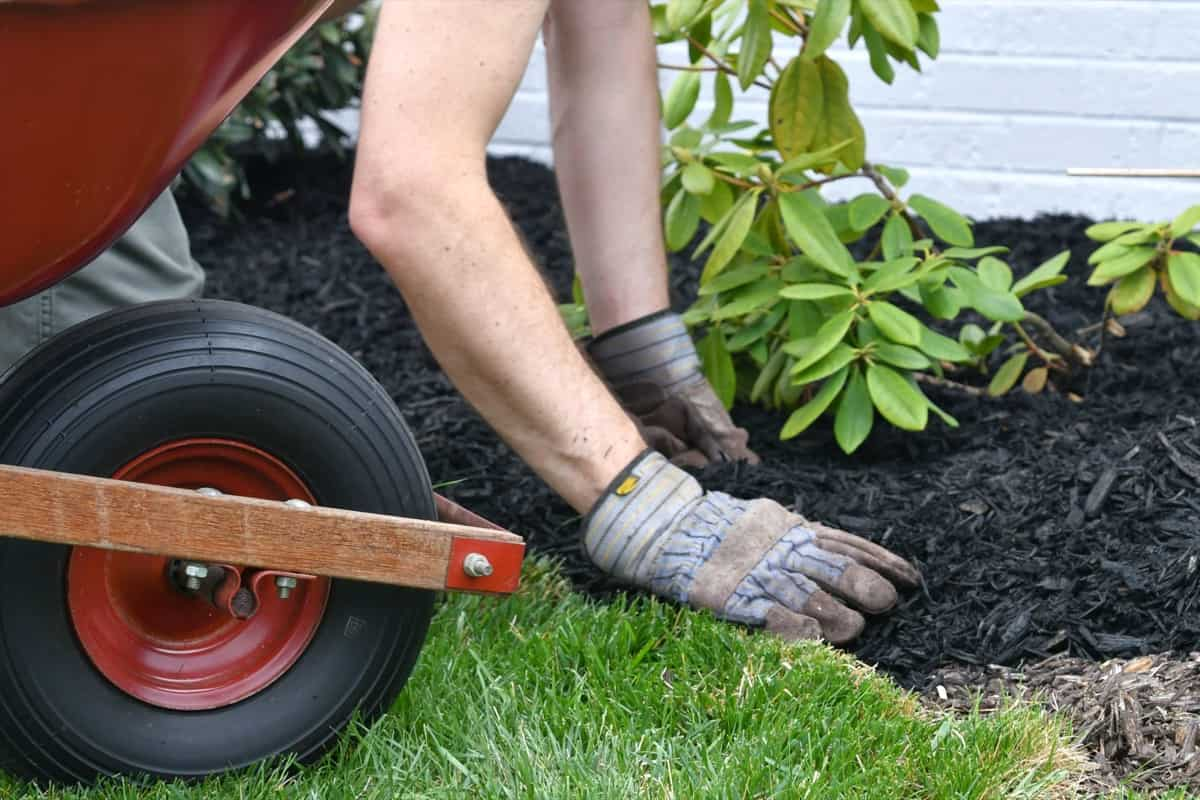
Not researching the right plants for your climate
One of the most common mistakes when starting a raised bed garden is not researching the right plants for your climate. Planting a tropical plant that requires a lot of heat is a mistake in a cold climate. The plant will likely not survive the winter, and you’ll start over in the spring. Similarly, planting a delicate plant that can’t handle the heat is also a mistake if you live in a hot climate.
It is important to know what plants are native to your area and what will thrive in the conditions that you can provide. Many people choose plants that are too small for their beds, which can lead to overcrowding and poor growth. It is important to select plants that will fit comfortably in your space and have room to spread out as they mature.
Improper orientation
If you’re new to raised bed gardening, orienting your beds correctly is important. Improper orientation can lead to several problems, including poor drainage and insufficient sunlight. When orienting your raised bed, position it, so the longest sides face north and south. This will ensure that your bed receives even amounts of sunlight throughout the day.
In case you missed it: How to Start Home Gardening in Utah (UT) for Beginners: From Scratch for Indoors, Raised Beds, Outdoors, Backyards, and Containers
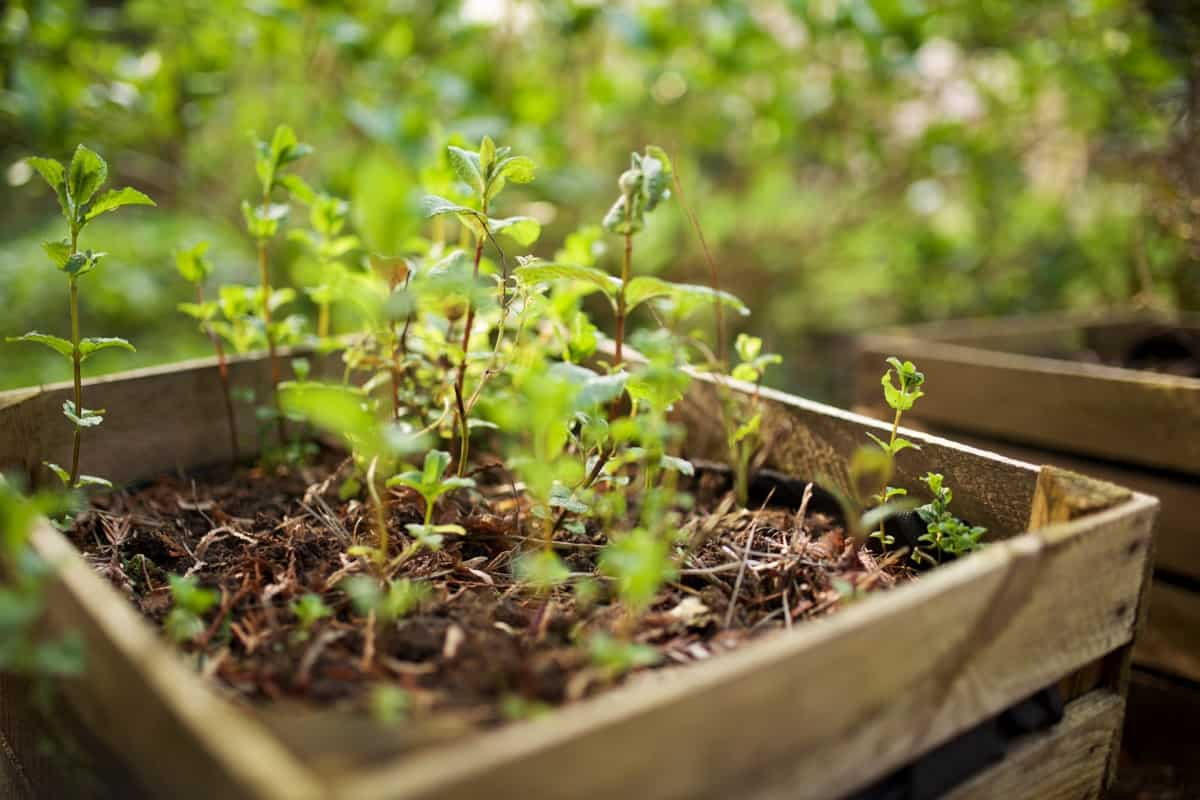
Additionally, slope the bed slightly so that any excess water can drain away quickly. If possible, they should also be protected from strong winds. In addition, raised beds should be located in an area with good drainage. This means the area should not be prone to flooding or standing water. The soil in a raised bed should be loose and well-aerated to allow roots to penetrate it easily.
Overcrowding the beds
Overcrowding your raised bed can lead to less bountiful harvests. Plants compete for resources like sunlight, water, and nutrients when overcrowded. This competition can stress the plants and make them more susceptible to pests and diseases. Additionally, overcrowded plants are often shaded by their neighbors, which can inhibit growth. To avoid these problems, give your plants plenty of space to grow.
In case you missed it: How to Start Home Gardening in West Virginia (WV) for Beginners: For Indoors, Outdoors, Raised Beds, Backyards, and Containers

If you’re growing larger plants, like Tomatoes or Squash, give them even more room to spread out. With a little planning, you can avoid overcrowding and ensure a healthy, productive raised bed garden. To avoid these problems, giving plants enough space to grow is important. When planting seeds or transplants, you should follow the spacing recommendations on the seed packet.
Thin plants as they grow, if necessary, to maintain proper spacing. In addition, be sure to choose plants that are well-suited for your growing conditions. If you’re limited on space, consider planting dwarf or compact varieties that won’t spread too much. And remember, even though raised beds are small spaces, you still need to provide adequate ventilation to prevent disease problems.
Conclusion
When gardening, there are a lot of different techniques that can be used to create a successful garden. However, raised bed gardening is one of the most popular methods because it allows gardeners more control over their plants and soil. While this method can be successful, gardeners make common mistakes that can lead to problems. Knowing these mistakes and how to avoid them can enhance your chances of having a successful garden.
- Planting and Spacing Techniques in Papaya: A Beginner’s Guide
- Growing Gold: Essential Techniques for Planting Pineapples
- How to Make Kalanchoe Plant Bushy: Home Remedies and Solutions
- 11 Reasons Why Your Gardenia is Not Blooming: Home Remedies and Solutions
- Eco Elegance: The Guide to Designing a Drought-Tolerant Landscape
- Gardening on a Slope: Strategies for Hillside Landscaping
- Nourish and Flourish: Top Organic Mulches for Thriving House Plants
- Everything You Want to Know about Indian Mogra Flower: Discover Uses and Growing
- Green Thumb Success: Expert Tips for Cultivating Greenhouse Pumpkins All Year Round
- Maximize Growth & Flavor: The Ultimate Guide to Companion Planting in Herb Gardens
- How to Control Rhododendron Problems Naturally: Home Remedies and Organic Ways to Fix Them
- Natural Magic: The Remarkable Benefits of Cinnamon for Plants
- Best Steps to Revive Dying Tulip with Natural and Organic Treatment
- 10 Reasons Why Your Angel Trumpet is Not Blooming: Remedies and Treatment
- How to Fix Periwinkle Leaf and Flower-Related Problems: Natural Remedies and Solutions
- How to Fix Zinnias Leaf and Flower Problems: Discover Natural and Home Remedies
- Organic Steps to Induce Lemon Tree Flowers: A Comprehensive Guide
- Bloom Booster: Crafting the Perfect Homemade Bougainvillea Fertilizer
- Optimizing Growth: A Guide to Applying NPK Fertilizer for Potted Plants
- 10 Best Homemade Fertilizers for Rubber Plant: DIY Recipes and Application Method
- How to Boost Female Pumpkin Flowers: Effective Steps for More Flowers and High Yields
- Transform Your Indoor Garden: Top Benefits of Pink Salt for Houseplants
- 10 Best Homemade Fertilizers for Peacock Plants (Calathea): Easy DIY Guide
- Unlock Blooms: 9 Reasons Why Your Potted Chrysanthemum is Not Blooming
- 8 Reasons Why Your Potted Hibiscus is Not Blooming: Fix it with Simple Solutions
- Unlock Blooms: 9 Key Reasons Your Potted Frangipani Won’t Flower
- 10 Reasons Why Is My Ice Plant Not Blooming: Remedies and Treatment
- 10 Reasons Why My Potted Hydrangea Not Blooming: Treatment and Remedies
- 10 Reasons Why is My Wisteria Not Blooming: Remedies and Treatment
- 10 Reasons Why is My Goldfish Plant Not Blooming: Remedies and Treatment
- Maximize Your Space: Ultimate Guide to Balcony Gardening with Grow Bags
- 10 Reasons Why Your Iris is Not Blooming: Remedies and Treatment
- 10 Reasons Why Your Anthurium Plant is Not Blooming: Treatment and Remedies
- 10 Reasons Why Your Aquaponic Plants Are Not Flowering: Remedies and Treatment
- 10 Reasons Why Your Agapanthus is Not Flowering: Remedies and Treatment
- Ultimate Guide to Brown Turkey Fig: Steps to Growing Brown Turkey Figs